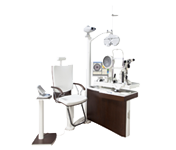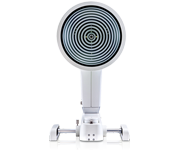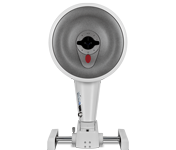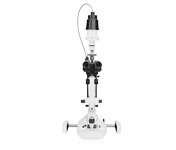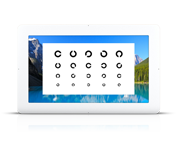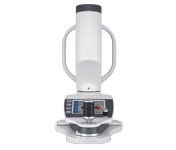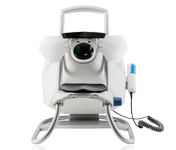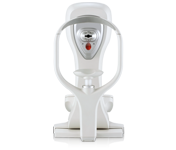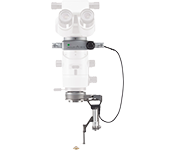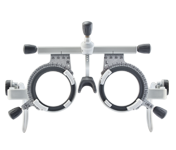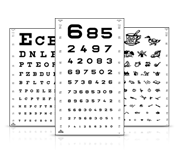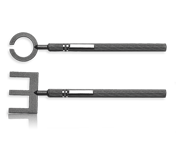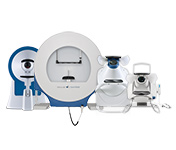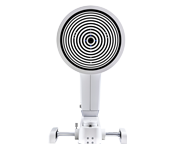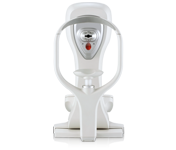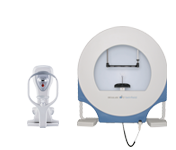27 Aug 2019
Corneal Biomechanics for Diagnostic Solutions after LVC, CXL and for Glaucoma Screening
OCULUS presents news for the Corvis® ST at the ESCRS in Paris
Four new software features will be introduced in the OCULUS Corvis® ST at the ESCRS 2019 in Paris. These updates will further increase the number of clinical applications that can be addressed based on corneal biomechanics. They include the assessment of biomechanical stability after corneal refractive surgery, a biomechanical comparison display that allows monitoring biomechanical changes over time, the quantification of corneal elasticity based on the stress-strain behaviour of corneal tissue and a glaucoma screening software.
The Corvis® ST is a combination of an air pulse tonometer with an ultra-high-speed Scheimpflug camera. Shortly before the air pulse starts the cornea is illuminated by a blue slit light, and corneal thickness is measured simultaneously. The high-speed camera tracks the corneal biomechanical response thus provoked.
The introduction of the Corvis Biomechanical Index (CBI) and Tomographic Biomechanical Index (TBI) some years ago made it possible for the first time to assess ectasia risk preoperatively with very high accuracy. These indices have increased the safety of refractive procedures. However, the possibilities for assessing ectasia risk after refractive surgery has already been performed have remained limited until now. This diagnostic gap has now been closed with the CBI-LVC. This index quantifies biomechanical stability postoperatively and aids in clinical decisions such as laser touch-ups or corneal crosslinking after laser vision correction.
To date there has been no way to verify the success and efficiency of corneal crosslinking shortly after the procedure. However, biomechanical changes occur immediately after CXL. The new biomechanical comparison display of the Corvis® ST makes it possible to visualize and quantify the effect of crosslinking. One parameter that is significantly altered after the procedure is the Stress-Strain Index. This index is the first ever to capture the entire stress-strain behaviour of corneal tissue in vivo.
Biomechanical properties are supposed to play a role in glaucoma development and progression. Recently, a number of studies have been published demonstrating differences in biomechanical response between patients with normal tension glaucoma and age-matched healthy patients. Based on these findings the Biomechanical Glaucoma Factor (BGF) was developed. The BGF provides a means of identifying glaucoma patients with a normal IOP based on corneal biomechanics.
Visit the OCULUS booth F120 at the ESCRS in Paris for more information and register for the Sunday Evening Seminar on www.corneal-biomechanics.com to learn from the experts.
About OCULUS Optikgeräte GmbH
OCULUS Optikgeräte GmbH is a family-run business located in Wetzlar, Germany. Since 1895, OCULUS has been a partner for eye care professionals around the world. With about 245 employees, OCULUS consistently develops and produces an extensive range of over 150 products at their headquarters in Wetzlar. All of OCULUS's products are manufactured exclusively in Germany, with over 50% of production distributed worldwide.
Back to: Press Information


